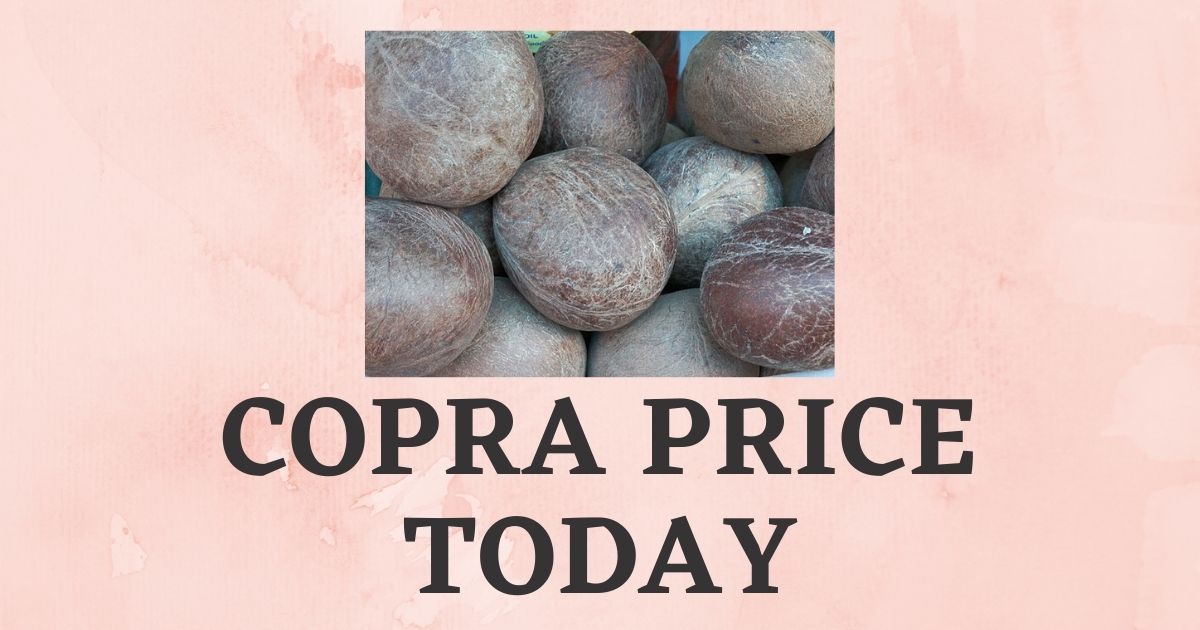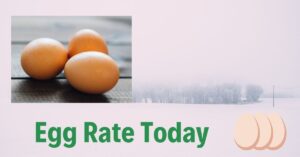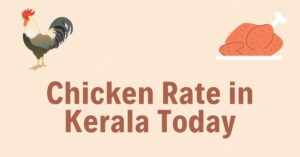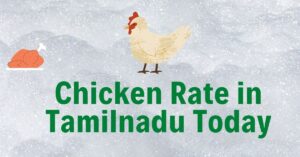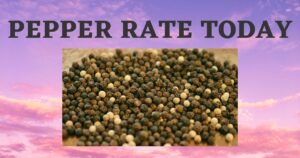27 July, 2024
The following are the Copra Rate Today in Tiptur, Arsikere, Kochi
Tiptur Copra Price – ₹9,600 (Avg Price per quintal)
Arsikere Copra Rate – ₹9,436 (Avg Price per quintal)
BUY COPRA ONLINE
Bangalore Copra Rate – ₹9,750 (Avg Price per quintal)
Turuvekere Copra Rate – ₹9,800 (Avg Price per quintal)
Copra Price Today – ₹9,000 per quintal (Kochi)
Dry Coconut Price per Kg – ₹85 (Kochi)
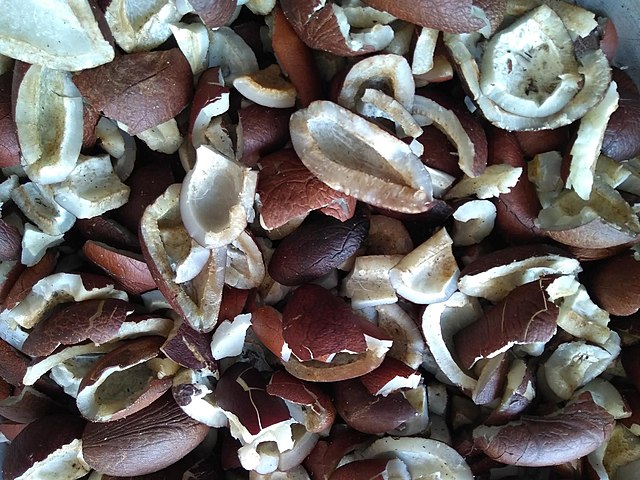
What is Copra?
Copra is nothing but dried coconut kernels. The coconut kernels are usually dried in the sun, after which coconut oil is pressed out. Lauryl alcohol, soaps, fatty acids, cosmetics are prepared using the oil extracted from copra. Copra is also used in cooking dishes apart from expelling the oil.
As the kernels are sun-dried, there is no water content in copra and has a long life on the shelf. After the extraction of oil, the by-product known as coconut cake is procured as a residue that is used in animal feeds. It is the main feed for livestock.
Copra Business in India
Copra business is normally found in Kerala, Karnataka, Tamil Nadu and other coastal states of India, where coconut production is high. India is the largest producer of coconuts, with a production of 21,308 million nuts in 2020. Higher copra price is related to the rising demand for coconut oil in the domestic market. This is mainly because many consumers realize the nutritional value of coconut oil. The improving copra price has been benefiting numerous coconut farmers. The rise in domestic copra price may impact the export demand. The copra (kobri) price in the overseas market is around $1,200 per tonne due to which farmers from India face difficulties following higher price, container shortage, increase in shipment rates.
The demand for raw nuts is very high. The coconut oil consumption in Kerala is around 0.3 million litres per year. The copra price is likely to increase more due to supply constraints. The copra price is high during winter, where consumption and demand are high. The global edible oil prices are rising due to climatic conditions, and it started reflecting in the copra market.
The government of India has fixed the Minimum Support Price (MSP) of copra at 10,335 rupees per quintal. The government has procured 5053.34 tonnes of ball copra and 35.58 tonnes of milling copra in the year 2020. In Kerala, Kerafed is the biggest procurement agency for copra. Tiptur in Karnataka is the largest market for ball copra in the state.
Tiptur Copra Production
Tiptur is a town situated in Tumkur district, Karnataka. Tiptur is famous for its coconut plantations and copra business. Tiptur copra is regarded as one of the finest varieties in India. It is the largest market for ball copra. The name Tiptur is derived from the word “tipatala” which means copra in Kannada. Tiptur copra is popular for its taste & look.
The market of Tiptur Agriculture Produce and Marketing Committee (APMC) is the main place for the auction of copra. Traders from different places come here for trading copra. Tiptur is a popular place for exporting copra based products to different parts of India and the world. Tiptur copra normally has a good rate in markets due to the ban on the import of coconut oil. Also, during the winter and festive season, the Tiptur copra gets a good price. There are many buyers from North India.
If there is huge demand, the copra rate falls even if it is in surplus in the market. Also, the dip in coconut oil price is another reason for the decrease in copra price.
Arsikere Copra
Arsikere in Hassan district is another prime coconut market in Karnataka. Arsikere is a well known destination for its coconut production and is also called as Kalpataru Nadu. Copra production is high here. Traders from different region come to Arsikere for trading copra.
Production of Copra and Coconut Oil
The production of copra is normally done in places where the coconut plantations are high. Here, the farmers produce copra, which is the main source of their income.
The coconut is broken into 2 halves, then water drained and kept under the sun for 4 to 6 days. By this time the kernels start to shrink and gets separated from the shell. If not it can be removed by breaking the shell. The kernels are cut into small pieces and sun-dried again for another 1 week to remove the remaining moisture. Copra if not dried properly lead to the growth of molds which can be toxic. During the rainy season, in absence of sunlight, the kernels are smoke-dried. It is also sold in the market as copra at this stage.
Next stage, the copra or the dried coconut is used to extract coconut oil. Nowadays, the process of coconut oil extraction is done by machine. The small pieces of copra are crushed to produce 70% of coconut oil, and the remaining 30% is a by-product known as copra cake. The copra cake contains 20-25% of proteins and normally used for cattle feed.
The whole coconut is also dried and sold as a whole ball, known as edible copra.
Copra Rate Source: Krishi Marata Vahini

